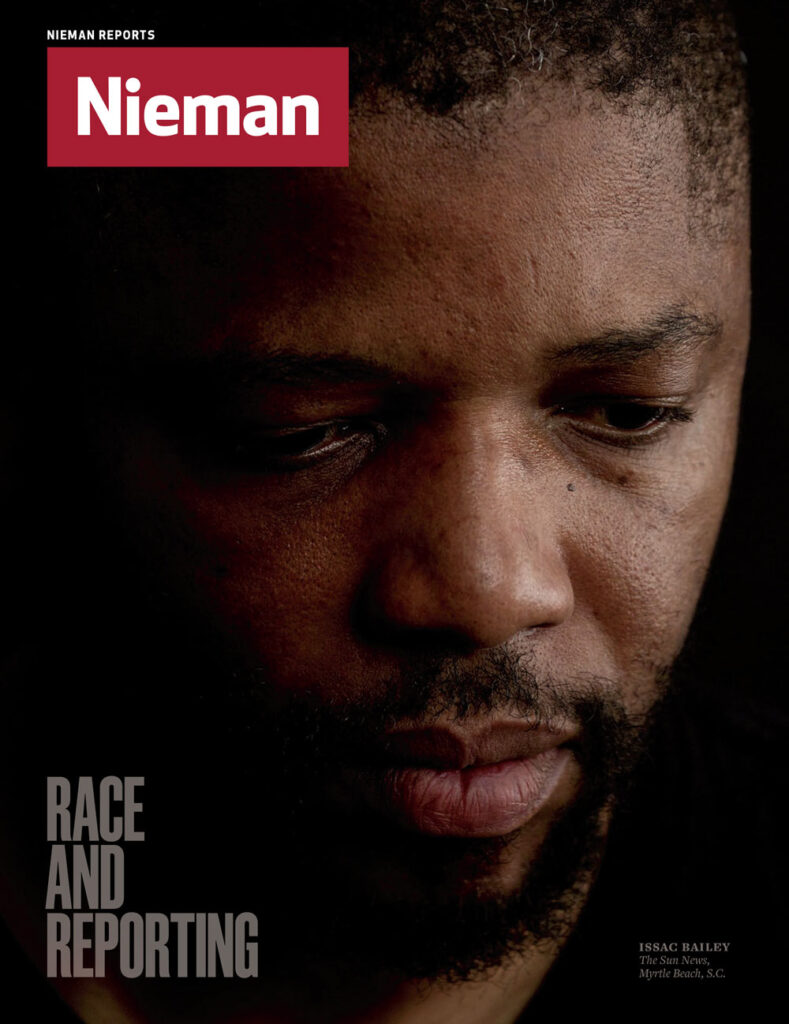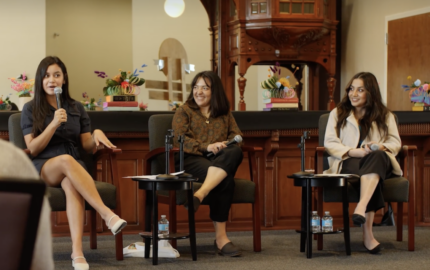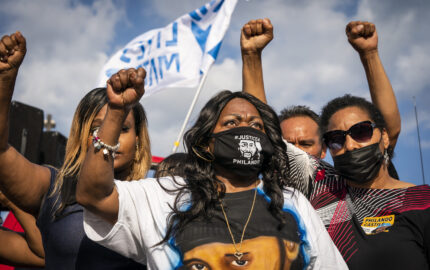We’re currently caught in a period of time in this country where we seem to be in an almost perpetual state of conversation about issues of race, ethnicity, and diversity. And we’re having that ongoing conversation while living in a country where our media is disproportionately white and male, where our political chattering and punditry class is also disproportionately white and male.
And yet reporters of color, specifically black reporters, often find themselves questioned when they are charged with covering this ongoing moment in American history. The double standard is obvious.
No one ever has any conversation about, “Can any white male reporter cover police fairly?” No one ever asks that question. Yet, any time a black reporter has the audacity to write about issues of race, all of a sudden it is followed by a deeply, intensely personal conversation publicly about who they are: Are they black enough? Are they not really black at all? Can they separate their own personal background from the topics they cover?
The thing is, those questions are not only unfair, they are red herrings.
From Ferguson to North Charleston, South Carolina, to Baltimore, it’s important that we have a diversity of voices on the ground, covering these stories of race and justice and equity.
As journalists, it’s our job to be skeptical. It’s our job to ask hard questions. The problem is, if all of the journalists on a particular story have the same backgrounds, the same upbringings, or the same amount of pigment in their skin, what we know for a fact is that they’re not going to be best equipped to ask the depth and the detail of questions that are needed. As the demographics of the country continue to change rapidly, we’re only going to continue to see stories that involve race, and ethnicity, and culture popping up and gaining prominence in the news cycle. Which is why newsrooms have to prepare themselves to tell these stories adequately and fairly.
Newsroom diversity is a journalistic imperative
A newsroom cannot tell stories like Ferguson or Baltimore—at least they cannot tell them thoroughly and with nuance—if you don’t have people who look like the people who are being written about in these stories doing some of the reporting and making some of the coverage decisions from the newsroom.
Media diversity is not some type of progressive ideal. It’s a journalistic imperative for any outlet devoted to fairness and accuracy in its coverage. As journalists, we want to ask hard questions of everyone else, but don’t you dare ask a media organization for diversity statistics. That’s something we have to be willing to engage—the reality of the lack of diversity in many of our own newsrooms—if we want to see real change and not empty claims.
It’s about big organizations investing in training and retention programs in communities of color. You have to actually build a pipeline. You do see some programs placing students of color in newsrooms, providing them with training, guidance, and mentorship—the student project program at the National Association of Black Journalists, the j-camp for high schoolers conducted by the Asian American Journalists Association, and then things like the Metpro program at the Los Angeles Times and Chicago Tribune.
What we also know is that creating diversity in a newsroom isn’t looking up one day and saying, “We have an open desk; let’s go find a person of color to sit in it.” If you haven’t been building those relationships for years, you’re not going to be able to find the right people to fit in your newsrooms.
As reporters, we all walk into the same press conference, walk down the same streets—and the people who I hit it off with might be different people than the people you hit it off with. If you’re a news organization that wants comprehensive coverage, you need a newsroom full of different types of people who are going to hit it off with different types of people, build different types of sources and find and tell different stories. That’s the way it works.



